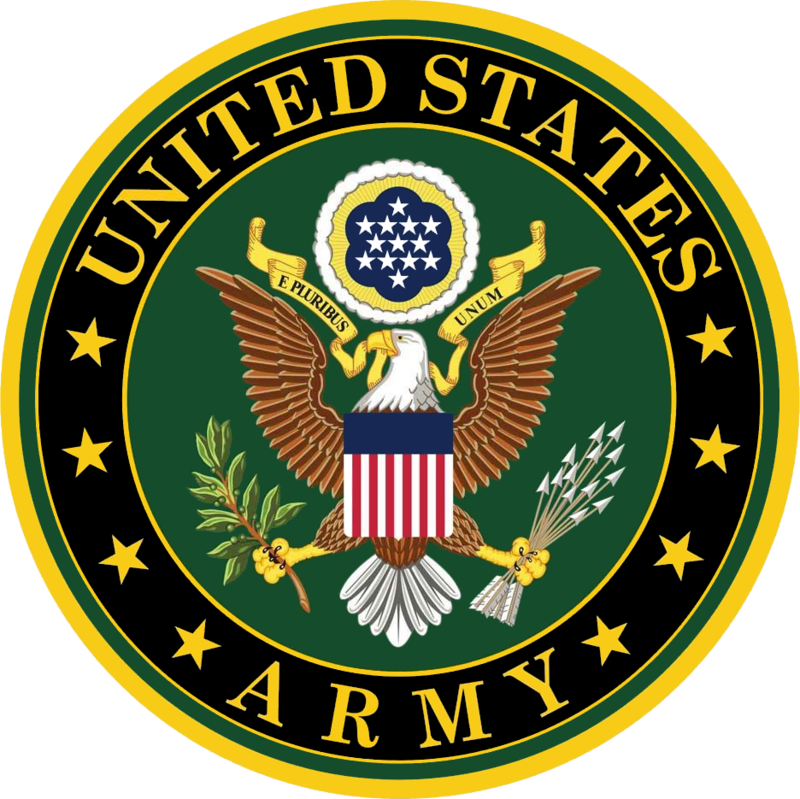The 1st Battalion, 509th Infantry Regiment (Airborne), traces its lineage to World War II as part of the original 509th Parachute Infantry Battalion, the first American combat paratrooper unit deployed in the European Theater. The unit earned distinction for its participation in Operation Torch (North Africa, 1942) and subsequent campaigns in Italy and Southern France, receiving multiple unit citations for valor. Reactivated and redesignated over the decades, the 1/509th Infantry has served as the Opposing Force (OPFOR) at the Joint Readiness Training Center (JRTC) at Fort Johnson (formerly Fort Polk), Louisiana, since the 1990s. Known as the "Geronimos," the battalion continues to play a critical role in preparing U.S. Army units for combat through realistic training and scenario-based exercises.

